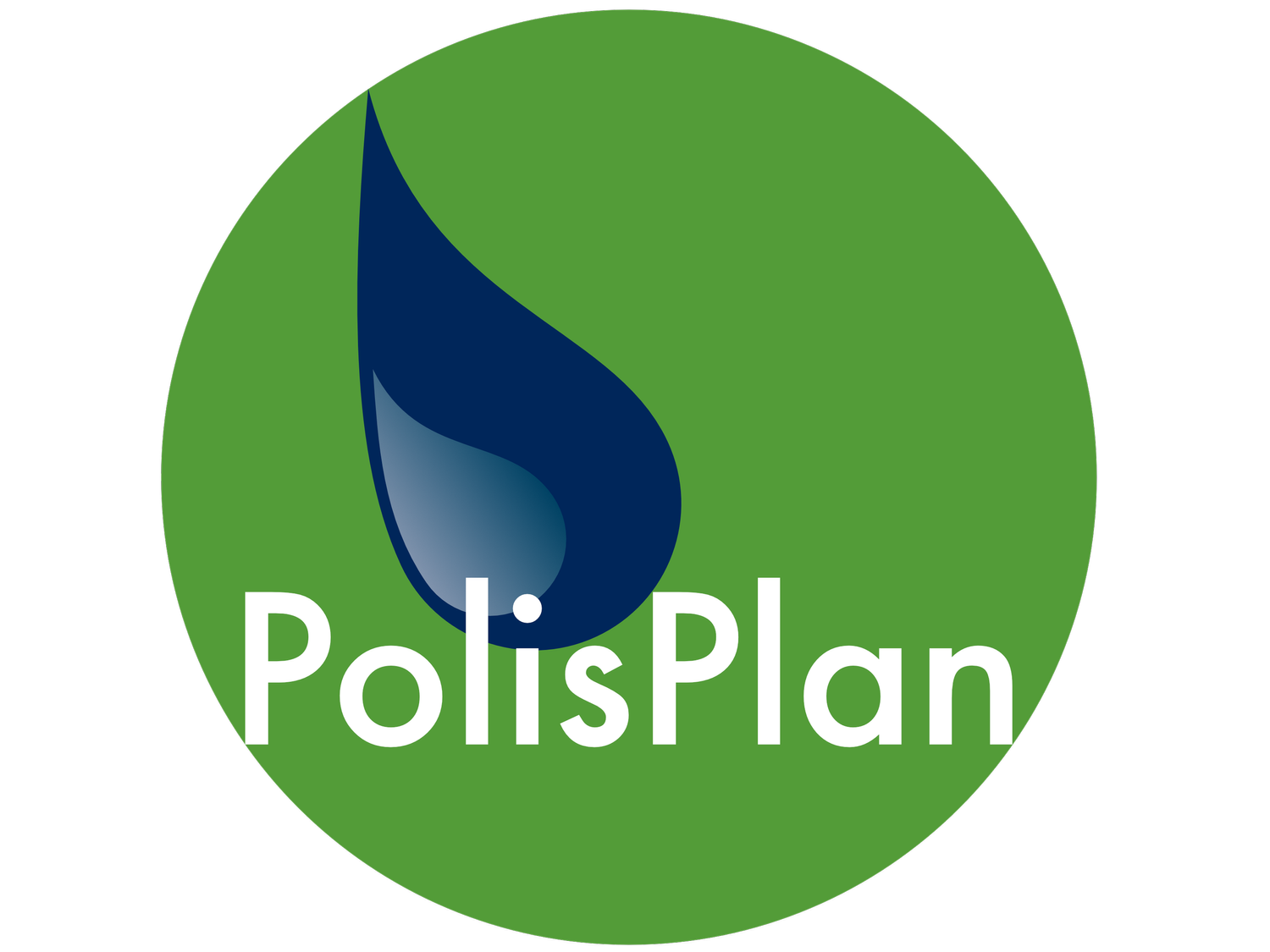
Imagine a new way to live, work and play
ISSUE
We live in challenging times with rising cost of living & housing unaffordability. Covid 19 turned our world upside-down, floods & bushfires destroy communities, and environmental destruction continues. Artificial intelligence now raises questions about the future of work, while global geo-political tensions have created economic uncertainty.
Pause and Reflect
The pandemic gave many of us the opportunity to slow down and reflect on life. We had time to consider what is really important. We recognised the value of community and that we are stronger when we work together. We also realised the challenges with global supply chains and the importance of local resilience. We have been presented with an opportunity to change the way we live, and to transition to a better future for all.
“The world as we have created it is a process of our thinking. It cannot be changed without changing our thinking.” ~Albert Einstein
The Great Reset
We’re in the midst of profound change. Technologies are changing the way we live. Environmental destruction is undermining social and economic systems. Our democratic freedoms can no longer be taken for granted.
This moment in history is also an opportunity. It is an invitation to reset our economic systems for a fairer society; one that is resilient, inclusive & sustainable.
The technological innovations of recent decades allow us to restructure environmental, social and governance systems. A more ethical framework of entrepreneurialism is needed, one where business is purpose-driven for the common good.
INSIGHT
Systems thinking
Rather than seeing each of our intersecting crises in isolation, we should see them as symptoms of a systemic crisis.
Similarly, the various solutions that have been developed can be viewed as elements of a new system.
How do we put these solutions together in one place to create a new system for living?
IDEA
Village as a system
Design each village as a system that provides the basic physiological and safety needs as efficiently as possible within it.
Build up the capacity of the local environment and harvest energy, water and food from the land around the shelter.
Share and work with neighbouring villages to satisfy more complex needs and wants, creating a connected and supportive network.
initial plan: 40 hectares of rural land for 200 people
maintain the rural character
Nature-enhancing infrastructure designed to regenerate natural ecosystems
Integrated food, renewable energy and water systems
Land for wildlife with carbon farming
How CEVs address climate change
MITIGATION STRATEGIES
Operate without fossil fuels
• Power the built environment with a renewable energy micro-grid.
• Minimise the need for fossil fuel powered transport by maximising local work opportunities close to homes.
• Electrify all required vehicles and offer residents access to a fleet of shared vehicles including bicycles, golf carts, cars and vans.
Drawdown and store carbon
• Establish regenerative agricultural processes for food production and organic waste management.
• Allocate a portion of the land for revegetation.
• Sequester carbon dioxide in constructed wetlands that are designed for cleaning water.
ADAPTATION STRATEGIES
Improve local resilience
• Maximise local energy, water and food production to minimise money bleeding out of the community.
• Maximise local walk-to-work opportunities.
• Shared responsibilities and spaces for incidental interactions encourage the creation of a supportive community.
Enable planned resettlement
• CEVs can be developed as part of a planned resettlement strategy, which will be required to relocate communities in floodplains or other high disaster risk locations.






